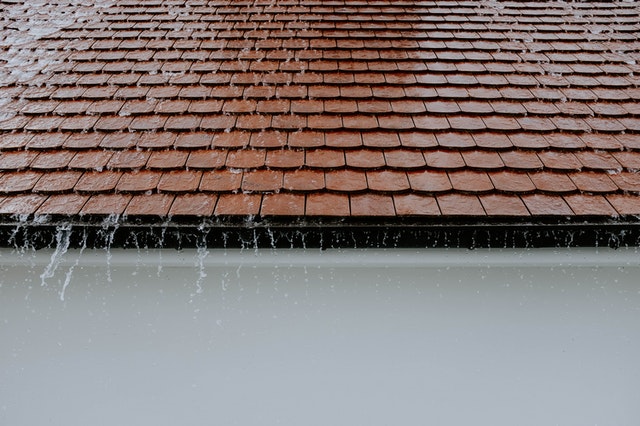Since your roof is your home’s first line of defense against the elements, that means it is also the first component of your home to receive damage during a storm. When storm damage occurs, it’s important to have your roof inspected to see exactly which parts of your roof need to be repaired. Even though you likely won’t be the one performing the inspection, it’s still good to know what the inspectors are looking for.

Water Damage
If the protective layers of your roof are penetrated by debris, water damage could occur to your roof’s sheathing. Therefore, the sheathing will need to be inspected from above and below to see if it has sustained enough water damage to reduce its structural integrity. You’ll also need to check and make sure that there are no areas of damage on your home’s ceiling due to leaks through the roof.
Missing Shingles
During high winds, it is easy for roofing materials to be blown away. This is especially true if you have an asphalt shingle roof. If your roof is missing shingles, it can leave it vulnerable to further damage from rain and wind. Therefore, it’s important for an inspector to inspect every inch of your roof, especially around the edges, to see if any shingles are either loose or missing. If there are any missing, you’ll want to have roof repair performed immediately so that your roof can continue to protect your home.
Dented Flashing
If you have large roof protrusions, such as chimneys or skylights, there is a good chance that you have metal flashing to protect these components from leaks. During a storm, the flashing can become dented, resulting in reduced protection for your roof. Therefore, it’s important that the inspector carefully lifts the shingles around roof protrusions to check on the condition of the flashing to see if any of the flashing needs to be repaired or replaced.
Sagging Gutters
During a storm, a high volume of water passes through your gutters. This can result in a lot of extra weight being placed on the edges of your roof. If your sheathing is at all weak, your gutters can begin to sag as a result of the weight of the water. Therefore, it’s a good idea to inspect your gutters to ensure that they still have the correct slope to allow water to drain properly.
Since it is difficult to access most roofs, you must depend entirely on your inspector to tell you what’s going on with your roof. That’s why it’s vital to find a trustworthy inspector so that you can be confident in the result of their inspection. This will help ensure that you don’t spend money unnecessarily by paying for repairs that you don’t need.